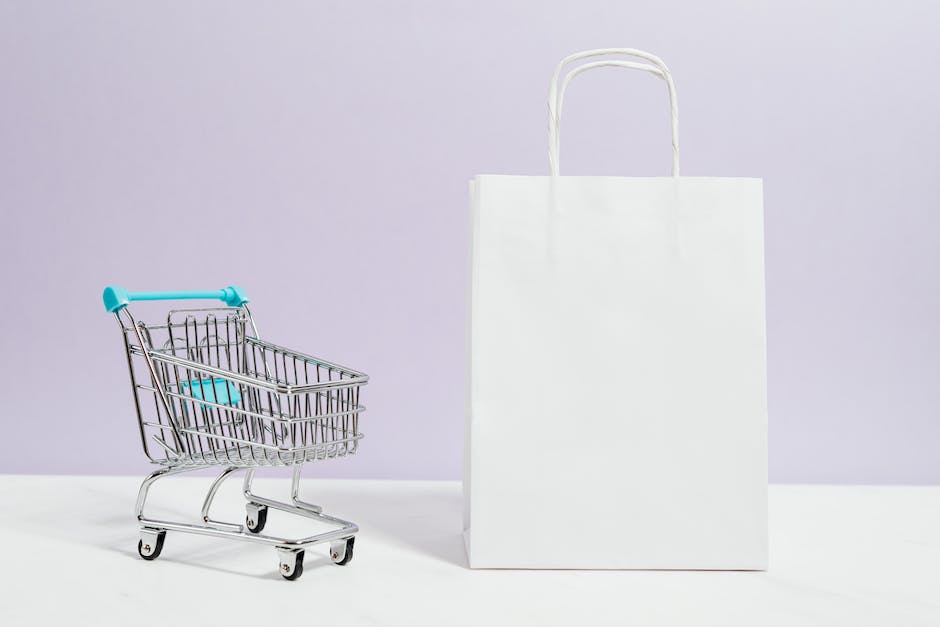Salesforce is a well-known company that provides a variety of products and services related to marketing, business management, customer service, and the like. Many people know them for their CRM (customer relationship management) suite of tools.
While most people use it for just taking orders or tracking sales, there is a growing audience that uses it for forecasting. This is a very popular tool for startups due to its rapid forecasting capabilities.
Many startups use Salesforce’s forecast feature to help plan their year-end festivities. With sales being at an all-time high this year, having an accurate date indicator will save you some money.
Set up sales volume history

Once you have your forecasted sales data, the next step is to set up a few accounts to use your forecasted sales data. You can set up as many accounts as you want, but we recommend having at least one account set up for each of your products.
To create an account, go to your Salesforce account settings and enter the email address associated with your Forecasted Sales account. Once this is established, you can add additional accounts to obtain a wider range of sales figures.
Once these accounts are configured and set up, they can be used in forecasts. To see what percentage of sales each product made for example, go to the Details tab and click on Show Info.
You can then use this information in your forecast to match up against.
Set up price History


Once you have your forecast, it is time to set up price history. This means that you can go back in time and see what prices were paid for products or services in your market.
This is called price tracking past sales or tracking customer past sales. You can view this information by going to your account page and clicking on historical sales. This page will look different than a current sale page due to the previous buyer having paid less than the current sale price.
You can use this information when trying to attract new customers or buy from you new customer. By tracking previous sales, you can see that people are willing to pay a certain amount for your product or service, so try being consistent in asking for what you want cost down before introducing any changes to production production production production productionproductionproductionproductionproductsonyour market.
Configure the model


When you have your forecasted data, the next step is to configure the model. This includes adding in your weather, traffic patterns, and other information that affects sales.
In this article, we will discuss how to use Salesforce forecasting in conjunction with traffic and weather data. Many businesses rely on this feature due to its accuracy.
Traffic is a crucial element when predicting sales. If there are certain times of the week or days of the week that sell better than others, then add those into your model. For example, products that sell on weekends or days after a weekend day might be a good seller.
Run a preliminary report


When you’re planning an event, a conference, a planned celebration, a launch, an introduction, a kick-off, a formal introduction, etc. you may want to run a preliminary report on your events.
This can be doing a quick online report or using the live event website as the report. Using the website as the report will give you some flexibility in creating your report however- it can’t be done in one app and done!
Using Salesforce’s forecasting tool is great because you do not have to know whether or not your event will sell out before going live. You can still use Salesforce’s forecasting tool and have an accurate forecast for attendance.
Adjust settings



Once you have entered your forecasted data, it is time to make changes. You can do this by clicking on the gear in the upper-right hand corner of your forecasted data.
Then, click on Manage Settings. This will open a new window where you can make changes to your data.
Change seasonality and holidaysatching settings to fit your personal preferences. Add or remove events, add or take away days of coverage, and set how often updates are sent.
By setting these things in place, you will be able to create a custom forecast that fits your needs!
Seasonal forecasts are a great way to tell people what events they should be prepared for because of holidays or other events that occur regularly.
Run the model


After you have your forecast, the last step is to run the model. This means opening up your Salesforce account and going to your forecasts.
You need to enter your forecast into the model in order for it to be used in your salesforce campaign. In this case, our forecast was for a sale every week that month!
When you have your forecast entered into the model, you can run the model and see results. This may include sending out newsletters, posting on social media or their site, or any other way you want to notify people of what you have sold.
This can be very helpful when looking at projections and trends in sales numbers, as they can see how much has gone out and about since they ran the model.
Review the results


.
Make adjustments to settings


After you enter your information in the application, you will be sent a notification asking if you would like to use the app for forecasting. If so, then you can make changes to the app settings.
These settings can be changed to change how the forecast is created or how it is updated. For example, you can choose to create a new forecast every day, weekly, monthly, or send an updated forecast as soon as it changes.
By having these options, there are many ways to use the tool. You can create a simple daily forecast and have it tell you what the next day will look like and no matter what time it is on your schedule, you will have a weekly forecast that spans Monday through Friday!
Using this method, you can create more advanced forecasts such as ones that take into account upcoming events such as events and deadlines.




